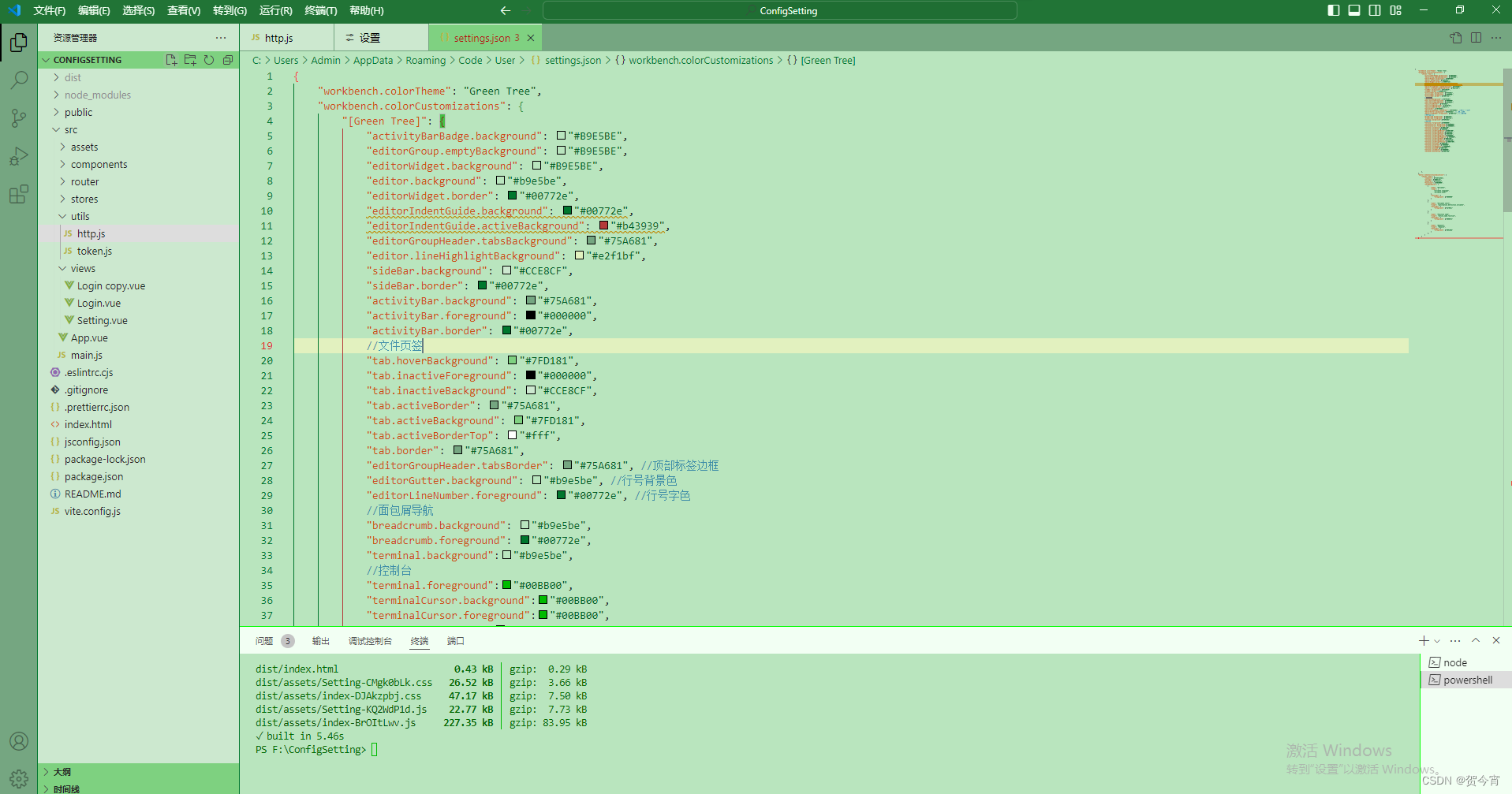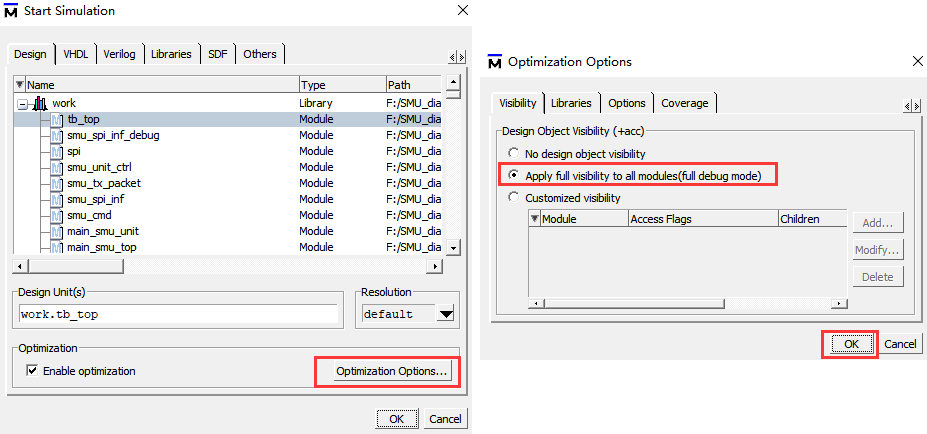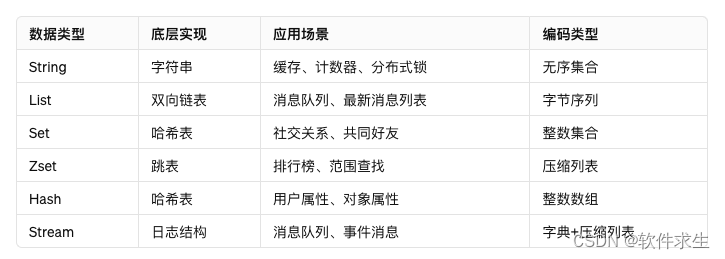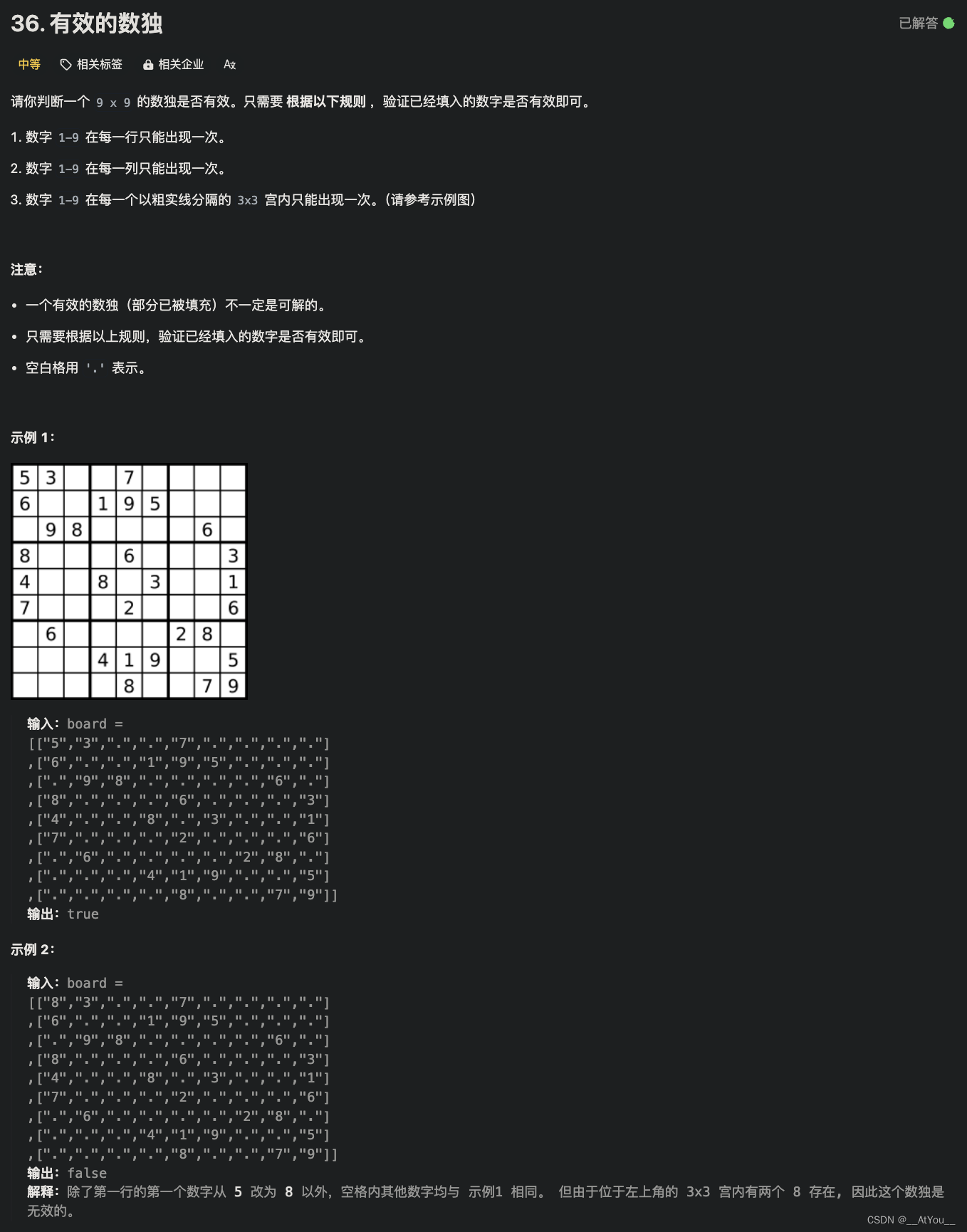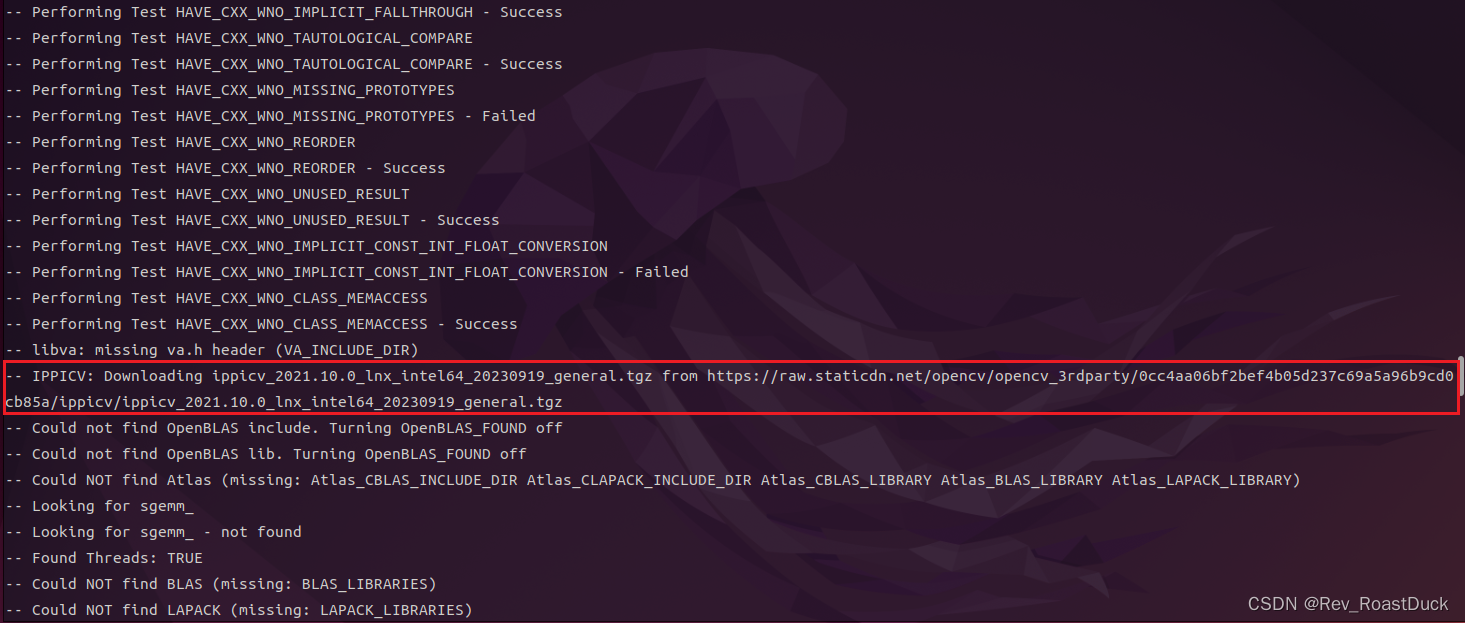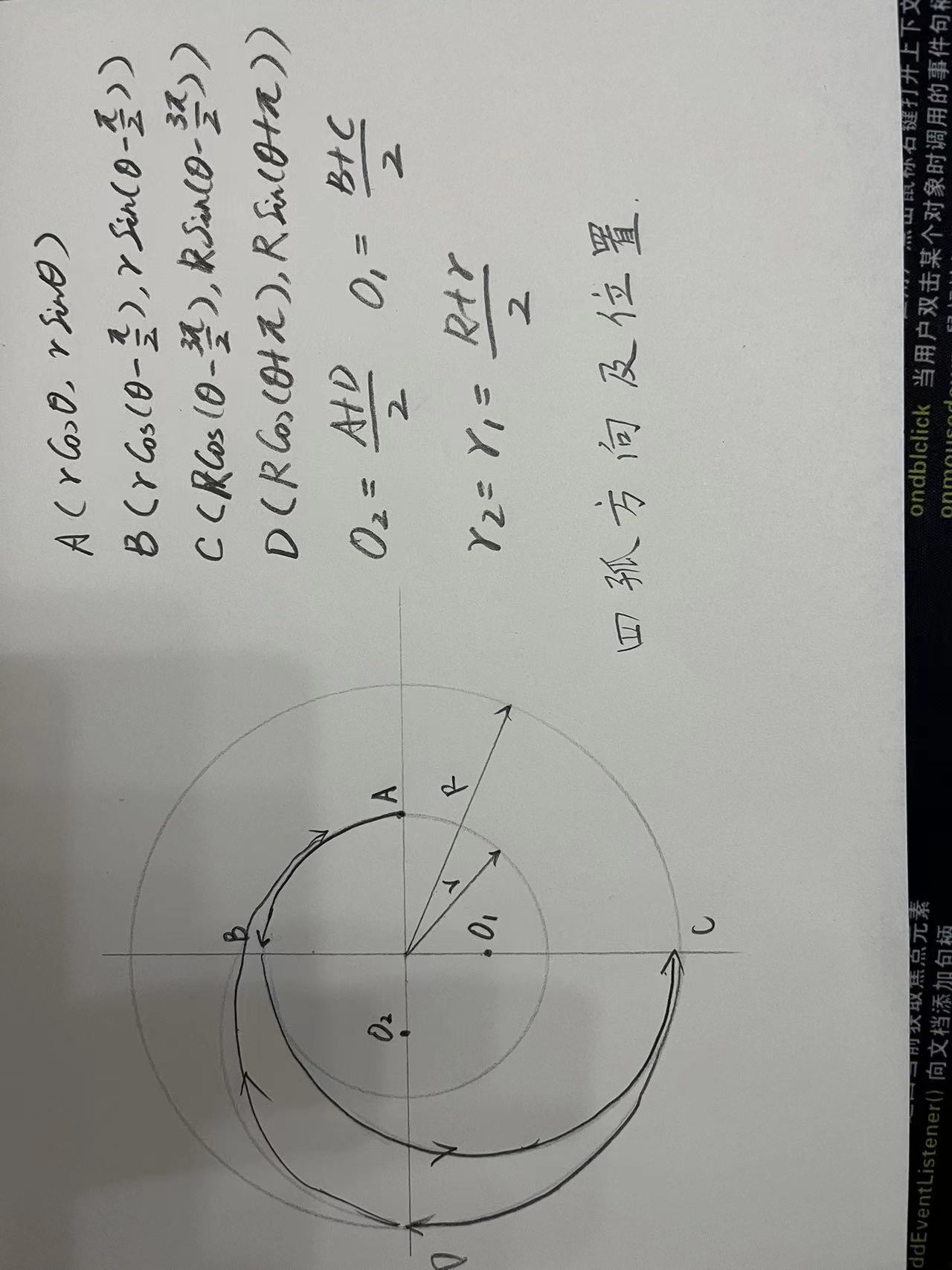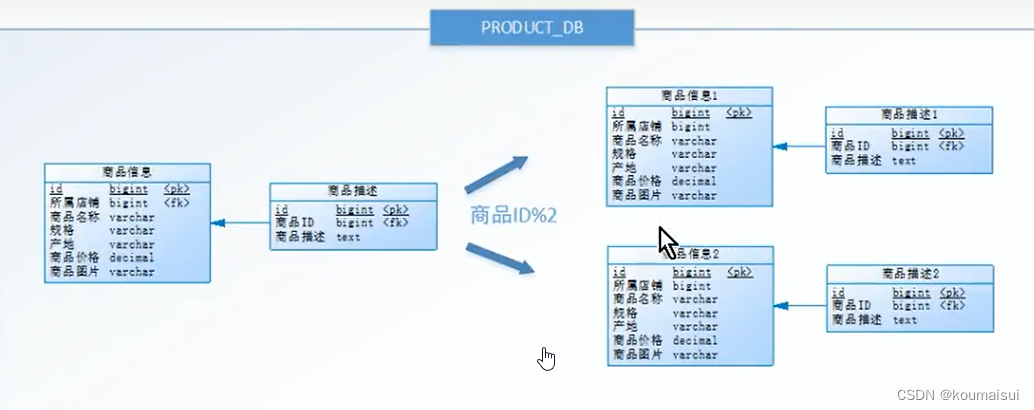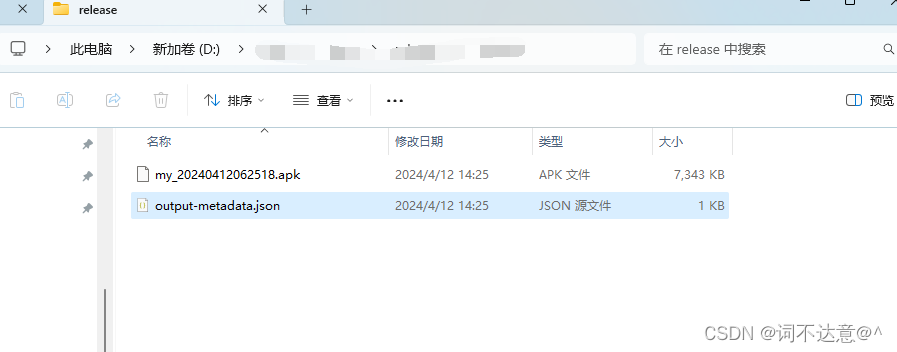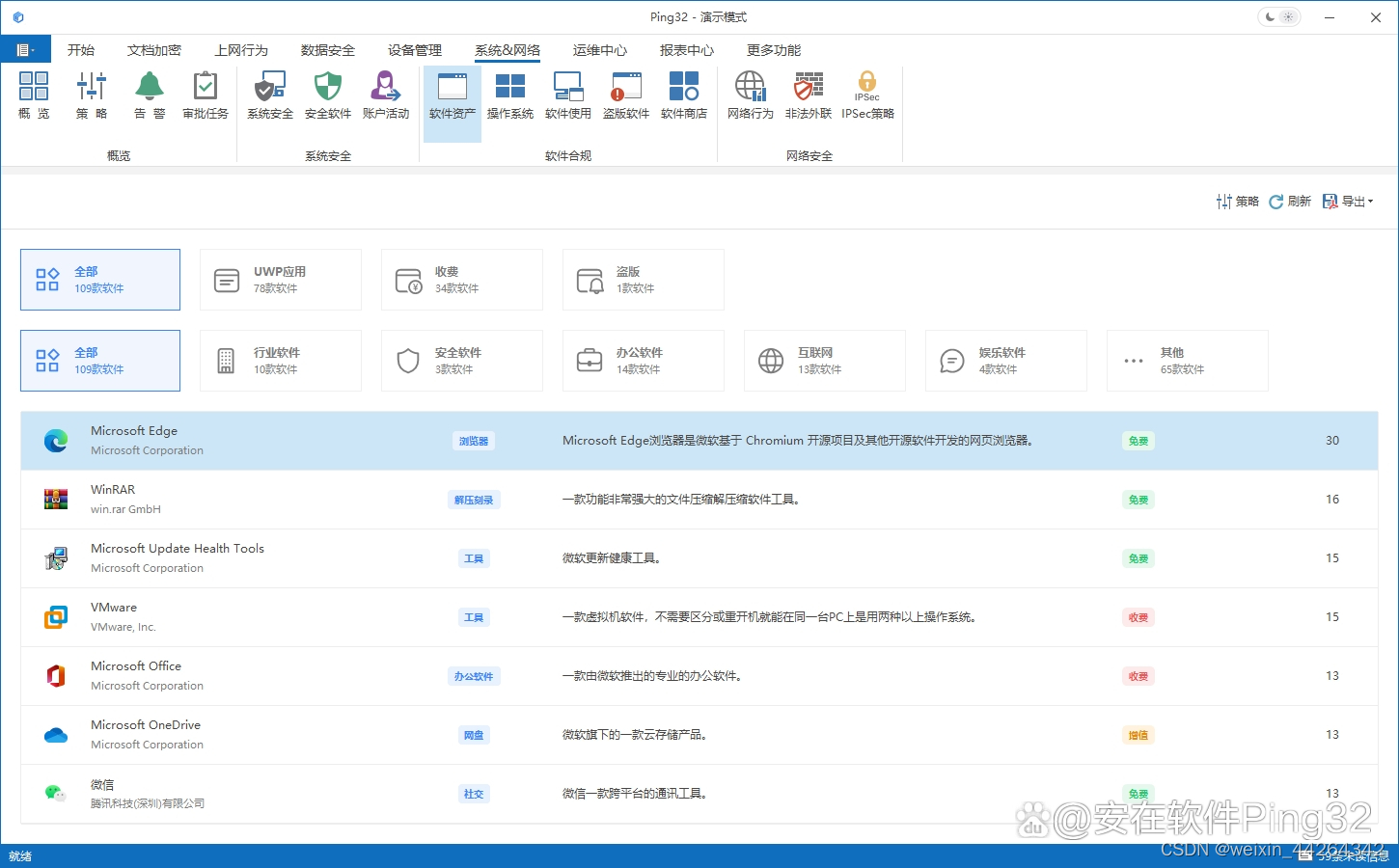ServerSocketChannel
- 1 非阻塞 vs 阻塞
- 1.1 阻塞
- 1.2 非阻塞
- 1.3 多路复用
- 2 Selector
- 2.1 创建
- 2.2 绑定 Channel 事件
- 2.3 监听 Channel 事件
- 2.4 💡 select 何时不阻塞
- 3 处理 accept 事件
- 💡 事件发生后能否不处理
- 4 处理 read 事件
- 4.1 💡 为何要 iter.remove()
- 4.2💡 cancel 的作用
- 4.3 ⚠️ 不处理边界的问题
- 4.4 处理消息的边界
- 4.5 ByteBuffer 大小分配
- 5 处理 write 事件
- 5.1 一次无法写完例子
- 5.2 💡 write 为何要取消
- 6 更进一步
- 6.1💡 利用多线程优化
- 6.2 💡 如何拿到 cpu 个数
- 7 UDP
1 非阻塞 vs 阻塞
1.1 阻塞
- 阻塞模式下,相关方法都会导致线程暂停
- ServerSocketChannel.accept 会在没有连接建立时让线程暂停
- SocketChannel.read 会在没有数据可读时让线程暂停
- 阻塞的表现其实就是线程暂停了,暂停期间不会占用 cpu,但线程相当于闲置
- 单线程下,阻塞方法之间相互影响,几乎不能正常工作,需要多线程支持
- 但多线程下,有新的问题,体现在以下方面
- 32 位 jvm 一个线程 320k,64 位 jvm 一个线程 1024k,如果连接数过多,必然导致 OOM,并且线程太多,反而会因为频繁上下文切换导致性能降低
- 可以采用线程池技术来减少线程数和线程上下文切换,但治标不治本,如果有很多连接建立,但长时间 inactive,会阻塞线程池中所有线程,因此不适合长连接,只适合短连接
服务器端
// 使用 nio 来理解阻塞模式, 单线程
// 0. ByteBuffer
ByteBuffer buffer = ByteBuffer.allocate(16);
// 1. 创建了服务器
ServerSocketChannel ssc = ServerSocketChannel.open();
// 2. 绑定监听端口
ssc.bind(new InetSocketAddress(8080));
// 3. 连接集合
List<SocketChannel> channels = new ArrayList<>();
while (true) {
// 4. accept 建立与客户端连接, SocketChannel 用来与客户端之间通信
log.debug("connecting...");
SocketChannel sc = ssc.accept(); // 阻塞方法,线程停止运行
log.debug("connected... {}", sc);
channels.add(sc);
for (SocketChannel channel : channels) {
// 5. 接收客户端发送的数据
log.debug("before read... {}", channel);
channel.read(buffer); // 阻塞方法,线程停止运行
buffer.flip();
debugRead(buffer);
buffer.clear();
log.debug("after read...{}", channel);
}
}
客户端
SocketChannel sc = SocketChannel.open();
sc.connect(new InetSocketAddress("localhost", 8080));
System.out.println("waiting...");
1.2 非阻塞
- 非阻塞模式下,相关方法都会不会让线程暂停
- 在 ServerSocketChannel.accept 在没有连接建立时,会返回 null,继续运行
- SocketChannel.read 在没有数据可读时,会返回 0,但线程不必阻塞,可以去执行其它 SocketChannel 的 read 或是去执行 ServerSocketChannel.accept
- 写数据时,线程只是等待数据写入 Channel 即可,无需等 Channel 通过网络把数据发送出去
- 但非阻塞模式下,即使没有连接建立,和可读数据,线程仍然在不断运行,白白浪费了 cpu
- 数据复制过程中,线程实际还是阻塞的(AIO 改进的地方)
服务器端,客户端代码不变
// 使用 nio 来理解非阻塞模式, 单线程
// 0. ByteBuffer
ByteBuffer buffer = ByteBuffer.allocate(16);
// 1. 创建了服务器
ServerSocketChannel ssc = ServerSocketChannel.open();
ssc.configureBlocking(false); // 非阻塞模式
// 2. 绑定监听端口
ssc.bind(new InetSocketAddress(8080));
// 3. 连接集合
List<SocketChannel> channels = new ArrayList<>();
while (true) {
// 4. accept 建立与客户端连接, SocketChannel 用来与客户端之间通信
SocketChannel sc = ssc.accept(); // 非阻塞,线程还会继续运行,如果没有连接建立,但sc是null
if (sc != null) {
log.debug("connected... {}", sc);
sc.configureBlocking(false); // 非阻塞模式
channels.add(sc);
}
for (SocketChannel channel : channels) {
// 5. 接收客户端发送的数据
int read = channel.read(buffer);// 非阻塞,线程仍然会继续运行,如果没有读到数据,read 返回 0
if (read > 0) {
buffer.flip();
debugRead(buffer);
buffer.clear();
log.debug("after read...{}", channel);
}
}
}
1.3 多路复用
单线程可以配合 Selector 完成对多个 Channel 可读写事件的监控,这称之为多路复用
- 多路复用仅针对网络 IO、普通文件 IO 没法利用多路复用
- 如果不用 Selector 的非阻塞模式,线程大部分时间都在做无用功,而 Selector 能够保证
- 有可连接事件时才去连接
- 有可读事件才去读取
- 有可写事件才去写入
- 限于网络传输能力,Channel 未必时时可写,一旦 Channel 可写,会触发 Selector 的可写事件
2 Selector
好处
- 一个线程配合 selector 就可以监控多个 channel 的事件,事件发生线程才去处理。避免非阻塞模式下所做无用功
- 让这个线程能够被充分利用
- 节约了线程的数量
- 减少了线程上下文切换
2.1 创建
Selector selector = Selector.open();
2.2 绑定 Channel 事件
也称之为注册事件,绑定的事件 selector 才会关心
channel.configureBlocking(false);
SelectionKey key = channel.register(selector, 绑定事件);
- channel 必须工作在非阻塞模式
- FileChannel 没有非阻塞模式,因此不能配合 selector 一起使用
- 绑定的事件类型可以有
- connect - 客户端连接成功时触发
- accept - 服务器端成功接受连接时触发
- read - 数据可读入时触发,有因为接收能力弱,数据暂不能读入的情况
- write - 数据可写出时触发,有因为发送能力弱,数据暂不能写出的情况
2.3 监听 Channel 事件
可以通过下面三种方法来监听是否有事件发生,方法的返回值代表有多少 channel 发生了事件
方法1,阻塞直到绑定事件发生
int count = selector.select();
方法2,阻塞直到绑定事件发生,或是超时(时间单位为 ms)
int count = selector.select(long timeout);
方法3,不会阻塞,也就是不管有没有事件,立刻返回,自己根据返回值检查是否有事件
int count = selector.selectNow();
2.4 💡 select 何时不阻塞
- 事件发生时
- 客户端发起连接请求,会触发 accept 事件
- 客户端发送数据过来,客户端正常、异常关闭时,都会触发 read 事件,另外如果发送的数据大于 buffer 缓冲区,会触发多次读取事件
- channel 可写,会触发 write 事件
- 在 linux 下 nio bug 发生时
- 调用 selector.wakeup()
- 调用 selector.close()
- selector 所在线程 interrupt
3 处理 accept 事件
客户端代码为
public class Client {
public static void main(String[] args) {
try (Socket socket = new Socket("localhost", 8080)) {
System.out.println(socket);
socket.getOutputStream().write("world".getBytes());
System.in.read();
} catch (IOException e) {
e.printStackTrace();
}
}
}
服务器端代码为
@Slf4j
public class ChannelDemo6 {
public static void main(String[] args) {
try (ServerSocketChannel channel = ServerSocketChannel.open()) {
channel.bind(new InetSocketAddress(8080));
System.out.println(channel);
Selector selector = Selector.open();
channel.configureBlocking(false);
channel.register(selector, SelectionKey.OP_ACCEPT);
while (true) {
int count = selector.select();
// int count = selector.selectNow();
log.debug("select count: {}", count);
// if(count <= 0) {
// continue;
// }
// 获取所有事件
Set<SelectionKey> keys = selector.selectedKeys();
// 遍历所有事件,逐一处理
Iterator<SelectionKey> iter = keys.iterator();
while (iter.hasNext()) {
SelectionKey key = iter.next();
// 判断事件类型
if (key.isAcceptable()) {
ServerSocketChannel c = (ServerSocketChannel) key.channel();
// 必须处理
SocketChannel sc = c.accept();
log.debug("{}", sc);
}
// 处理完毕,必须将事件移除
iter.remove();
}
}
} catch (IOException e) {
e.printStackTrace();
}
}
}
💡 事件发生后能否不处理
事件发生后,要么处理,要么取消(cancel),不能什么都不做,否则下次该事件仍会触发,这是因为 nio 底层使用的是水平触发
4 处理 read 事件
@Slf4j
public class ChannelDemo6 {
public static void main(String[] args) {
try (ServerSocketChannel channel = ServerSocketChannel.open()) {
channel.bind(new InetSocketAddress(8080));
System.out.println(channel);
Selector selector = Selector.open();
channel.configureBlocking(false);
channel.register(selector, SelectionKey.OP_ACCEPT);
while (true) {
int count = selector.select();
// int count = selector.selectNow();
log.debug("select count: {}", count);
// if(count <= 0) {
// continue;
// }
// 获取所有事件
Set<SelectionKey> keys = selector.selectedKeys();
// 遍历所有事件,逐一处理
Iterator<SelectionKey> iter = keys.iterator();
while (iter.hasNext()) {
SelectionKey key = iter.next();
// 判断事件类型
if (key.isAcceptable()) {
ServerSocketChannel c = (ServerSocketChannel) key.channel();
// 必须处理
SocketChannel sc = c.accept();
sc.configureBlocking(false);
sc.register(selector, SelectionKey.OP_READ);
log.debug("连接已建立: {}", sc);
} else if (key.isReadable()) {
SocketChannel sc = (SocketChannel) key.channel();
ByteBuffer buffer = ByteBuffer.allocate(128);
int read = sc.read(buffer);
if(read == -1) {
key.cancel();
sc.close();
} else {
buffer.flip();
debug(buffer);
}
}
// 处理完毕,必须将事件移除
iter.remove();
}
}
} catch (IOException e) {
e.printStackTrace();
}
}
}
开启两个客户端,修改一下发送文字,输出
sun.nio.ch.ServerSocketChannelImpl[/0:0:0:0:0:0:0:0:8080]
21:16:39 [DEBUG] [main] c.i.n.ChannelDemo6 - select count: 1
21:16:39 [DEBUG] [main] c.i.n.ChannelDemo6 - 连接已建立: java.nio.channels.SocketChannel[connected local=/127.0.0.1:8080 remote=/127.0.0.1:60367]
21:16:39 [DEBUG] [main] c.i.n.ChannelDemo6 - select count: 1
+-------------------------------------------------+
| 0 1 2 3 4 5 6 7 8 9 a b c d e f |
+--------+-------------------------------------------------+----------------+
|00000000| 68 65 6c 6c 6f |hello |
+--------+-------------------------------------------------+----------------+
21:16:59 [DEBUG] [main] c.i.n.ChannelDemo6 - select count: 1
21:16:59 [DEBUG] [main] c.i.n.ChannelDemo6 - 连接已建立: java.nio.channels.SocketChannel[connected local=/127.0.0.1:8080 remote=/127.0.0.1:60378]
21:16:59 [DEBUG] [main] c.i.n.ChannelDemo6 - select count: 1
+-------------------------------------------------+
| 0 1 2 3 4 5 6 7 8 9 a b c d e f |
+--------+-------------------------------------------------+----------------+
|00000000| 77 6f 72 6c 64 |world |
+--------+-------------------------------------------------+----------------+
4.1 💡 为何要 iter.remove()
因为 select 在事件发生后,就会将相关的 key 放入 selectedKeys 集合,但不会在处理完后从 selectedKeys 集合中移除,需要我们自己编码删除。例如
- 第一次触发了 ssckey 上的 accept 事件,没有移除 ssckey
- 第二次触发了 sckey 上的 read 事件,但这时 selectedKeys 中还有上次的 ssckey ,在处理时因为没有真正的 serverSocket 连上了,就会导致空指针异常
4.2💡 cancel 的作用
cancel 会取消注册在 selector 上的 channel,并从 keys 集合中删除 key 后续不会再监听事件
4.3 ⚠️ 不处理边界的问题
以前有同学写过这样的代码,思考注释中两个问题,以 bio 为例,其实 nio 道理是一样的
public class Server {
public static void main(String[] args) throws IOException {
ServerSocket ss=new ServerSocket(9000);
while (true) {
Socket s = ss.accept();
InputStream in = s.getInputStream();
// 这里这么写,有没有问题
byte[] arr = new byte[4];
while(true) {
int read = in.read(arr);
// 这里这么写,有没有问题
if(read == -1) {
break;
}
System.out.println(new String(arr, 0, read));
}
}
}
}
客户端
public class Client {
public static void main(String[] args) throws IOException {
Socket max = new Socket("localhost", 9000);
OutputStream out = max.getOutputStream();
out.write("hello".getBytes());
out.write("world".getBytes());
out.write("你好".getBytes());
max.close();
}
}
输出
hell
owor
ld�
�好
为什么?
4.4 处理消息的边界
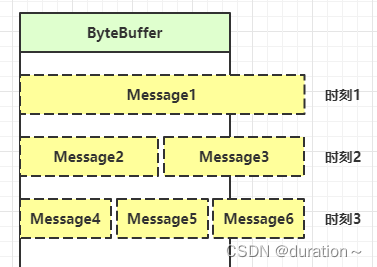
- 一种思路是固定消息长度,数据包大小一样,服务器按预定长度读取,缺点是浪费带宽
- 另一种思路是按分隔符拆分,缺点是效率低
- TLV 格式,即 Type 类型、Length 长度、Value 数据,类型和长度已知的情况下,就可以方便获取消息大小,分配合适的 buffer,缺点是 buffer 需要提前分配,如果内容过大,则影响 server 吞吐量
- Http 1.1 是 TLV 格式
- Http 2.0 是 LTV 格式
服务器端
private static void split(ByteBuffer source) {
source.flip();
for (int i = 0; i < source.limit(); i++) {
// 找到一条完整消息
if (source.get(i) == '\n') {
int length = i + 1 - source.position();
// 把这条完整消息存入新的 ByteBuffer
ByteBuffer target = ByteBuffer.allocate(length);
// 从 source 读,向 target 写
for (int j = 0; j < length; j++) {
target.put(source.get());
}
debugAll(target);
}
}
source.compact(); // 0123456789abcdef position 16 limit 16
}
public static void main(String[] args) throws IOException {
// 1. 创建 selector, 管理多个 channel
Selector selector = Selector.open();
ServerSocketChannel ssc = ServerSocketChannel.open();
ssc.configureBlocking(false);
// 2. 建立 selector 和 channel 的联系(注册)
// SelectionKey 就是将来事件发生后,通过它可以知道事件和哪个channel的事件
SelectionKey sscKey = ssc.register(selector, 0, null);
// key 只关注 accept 事件
sscKey.interestOps(SelectionKey.OP_ACCEPT);
log.debug("sscKey:{}", sscKey);
ssc.bind(new InetSocketAddress(8080));
while (true) {
// 3. select 方法, 没有事件发生,线程阻塞,有事件,线程才会恢复运行
// select 在事件未处理时,它不会阻塞, 事件发生后要么处理,要么取消,不能置之不理
selector.select();
// 4. 处理事件, selectedKeys 内部包含了所有发生的事件
Iterator<SelectionKey> iter = selector.selectedKeys().iterator(); // accept, read
while (iter.hasNext()) {
SelectionKey key = iter.next();
// 处理key 时,要从 selectedKeys 集合中删除,否则下次处理就会有问题
iter.remove();
log.debug("key: {}", key);
// 5. 区分事件类型
if (key.isAcceptable()) { // 如果是 accept
ServerSocketChannel channel = (ServerSocketChannel) key.channel();
SocketChannel sc = channel.accept();
sc.configureBlocking(false);
ByteBuffer buffer = ByteBuffer.allocate(16); // attachment
// 将一个 byteBuffer 作为附件关联到 selectionKey 上
SelectionKey scKey = sc.register(selector, 0, buffer);
scKey.interestOps(SelectionKey.OP_READ);
log.debug("{}", sc);
log.debug("scKey:{}", scKey);
} else if (key.isReadable()) { // 如果是 read
try {
SocketChannel channel = (SocketChannel) key.channel(); // 拿到触发事件的channel
// 获取 selectionKey 上关联的附件
ByteBuffer buffer = (ByteBuffer) key.attachment();
int read = channel.read(buffer); // 如果是正常断开,read 的方法的返回值是 -1
if(read == -1) {
key.cancel();
} else {
split(buffer);
// 需要扩容
if (buffer.position() == buffer.limit()) {
ByteBuffer newBuffer = ByteBuffer.allocate(buffer.capacity() * 2);
buffer.flip();
newBuffer.put(buffer); // 0123456789abcdef3333\n
key.attach(newBuffer);
}
}
} catch (IOException e) {
e.printStackTrace();
key.cancel(); // 因为客户端断开了,因此需要将 key 取消(从 selector 的 keys 集合中真正删除 key)
}
}
}
}
}
客户端
SocketChannel sc = SocketChannel.open();
sc.connect(new InetSocketAddress("localhost", 8080));
SocketAddress address = sc.getLocalAddress();
// sc.write(Charset.defaultCharset().encode("hello\nworld\n"));
sc.write(Charset.defaultCharset().encode("0123\n456789abcdef"));
sc.write(Charset.defaultCharset().encode("0123456789abcdef3333\n"));
System.in.read();
4.5 ByteBuffer 大小分配
- 每个 channel 都需要记录可能被切分的消息,因为 ByteBuffer 不能被多个 channel 共同使用,因此需要为每个 channel 维护一个独立的 ByteBuffer
- ByteBuffer 不能太大,比如一个 ByteBuffer 1Mb 的话,要支持百万连接就要 1Tb 内存,因此需要设计大小可变的 ByteBuffer
- 一种思路是首先分配一个较小的 buffer,例如 4k,如果发现数据不够,再分配 8k 的 buffer,将 4k buffer 内容拷贝至 8k buffer,优点是消息连续容易处理,缺点是数据拷贝耗费性能,参考实现 http://tutorials.jenkov.com/java-performance/resizable-array.html
- 另一种思路是用多个数组组成 buffer,一个数组不够,把多出来的内容写入新的数组,与前面的区别是消息存储不连续解析复杂,优点是避免了拷贝引起的性能损耗
5 处理 write 事件
5.1 一次无法写完例子
- 非阻塞模式下,无法保证把 buffer 中所有数据都写入 channel,因此需要追踪 write 方法的返回值(代表实际写入字节数)
- 用 selector 监听所有 channel 的可写事件,每个 channel 都需要一个 key 来跟踪 buffer,但这样又会导致占用内存过多,就有两阶段策略
- 当消息处理器第一次写入消息时,才将 channel 注册到 selector 上
- selector 检查 channel 上的可写事件,如果所有的数据写完了,就取消 channel 的注册
- 如果不取消,会每次可写均会触发 write 事件
public class WriteServer {
public static void main(String[] args) throws IOException {
ServerSocketChannel ssc = ServerSocketChannel.open();
ssc.configureBlocking(false);
ssc.bind(new InetSocketAddress(8080));
Selector selector = Selector.open();
ssc.register(selector, SelectionKey.OP_ACCEPT);
while(true) {
selector.select();
Iterator<SelectionKey> iter = selector.selectedKeys().iterator();
while (iter.hasNext()) {
SelectionKey key = iter.next();
iter.remove();
if (key.isAcceptable()) {
SocketChannel sc = ssc.accept();
sc.configureBlocking(false);
SelectionKey sckey = sc.register(selector, SelectionKey.OP_READ);
// 1. 向客户端发送内容
StringBuilder sb = new StringBuilder();
for (int i = 0; i < 3000000; i++) {
sb.append("a");
}
ByteBuffer buffer = Charset.defaultCharset().encode(sb.toString());
int write = sc.write(buffer);
// 3. write 表示实际写了多少字节
System.out.println("实际写入字节:" + write);
// 4. 如果有剩余未读字节,才需要关注写事件
if (buffer.hasRemaining()) {
// read 1 write 4
// 在原有关注事件的基础上,多关注 写事件
sckey.interestOps(sckey.interestOps() + SelectionKey.OP_WRITE);
// 把 buffer 作为附件加入 sckey
sckey.attach(buffer);
}
} else if (key.isWritable()) {
ByteBuffer buffer = (ByteBuffer) key.attachment();
SocketChannel sc = (SocketChannel) key.channel();
int write = sc.write(buffer);
System.out.println("实际写入字节:" + write);
if (!buffer.hasRemaining()) { // 写完了
key.interestOps(key.interestOps() - SelectionKey.OP_WRITE);
key.attach(null);
}
}
}
}
}
}
客户端
public class WriteClient {
public static void main(String[] args) throws IOException {
Selector selector = Selector.open();
SocketChannel sc = SocketChannel.open();
sc.configureBlocking(false);
sc.register(selector, SelectionKey.OP_CONNECT | SelectionKey.OP_READ);
sc.connect(new InetSocketAddress("localhost", 8080));
int count = 0;
while (true) {
selector.select();
Iterator<SelectionKey> iter = selector.selectedKeys().iterator();
while (iter.hasNext()) {
SelectionKey key = iter.next();
iter.remove();
if (key.isConnectable()) {
System.out.println(sc.finishConnect());
} else if (key.isReadable()) {
ByteBuffer buffer = ByteBuffer.allocate(1024 * 1024);
count += sc.read(buffer);
buffer.clear();
System.out.println(count);
}
}
}
}
}
5.2 💡 write 为何要取消
只要向 channel 发送数据时,socket 缓冲可写,这个事件会频繁触发,因此应当只在 socket 缓冲区写不下时再关注可写事件,数据写完之后再取消关注
6 更进一步
6.1💡 利用多线程优化
现在都是多核 cpu,设计时要充分考虑别让 cpu 的力量被白白浪费
前面的代码只有一个选择器,没有充分利用多核 cpu,如何改进呢?
分两组选择器
- 单线程配一个选择器,专门处理 accept 事件
- 创建 cpu 核心数的线程,每个线程配一个选择器,轮流处理 read 事件
public class ChannelDemo7 {
public static void main(String[] args) throws IOException {
new BossEventLoop().register();
}
@Slf4j
static class BossEventLoop implements Runnable {
private Selector boss;
private WorkerEventLoop[] workers;
private volatile boolean start = false;
AtomicInteger index = new AtomicInteger();
public void register() throws IOException {
if (!start) {
ServerSocketChannel ssc = ServerSocketChannel.open();
ssc.bind(new InetSocketAddress(8080));
ssc.configureBlocking(false);
boss = Selector.open();
SelectionKey ssckey = ssc.register(boss, 0, null);
ssckey.interestOps(SelectionKey.OP_ACCEPT);
workers = initEventLoops();
new Thread(this, "boss").start();
log.debug("boss start...");
start = true;
}
}
public WorkerEventLoop[] initEventLoops() {
// EventLoop[] eventLoops = new EventLoop[Runtime.getRuntime().availableProcessors()];
WorkerEventLoop[] workerEventLoops = new WorkerEventLoop[2];
for (int i = 0; i < workerEventLoops.length; i++) {
workerEventLoops[i] = new WorkerEventLoop(i);
}
return workerEventLoops;
}
@Override
public void run() {
while (true) {
try {
boss.select();
Iterator<SelectionKey> iter = boss.selectedKeys().iterator();
while (iter.hasNext()) {
SelectionKey key = iter.next();
iter.remove();
if (key.isAcceptable()) {
ServerSocketChannel c = (ServerSocketChannel) key.channel();
SocketChannel sc = c.accept();
sc.configureBlocking(false);
log.debug("{} connected", sc.getRemoteAddress());
workers[index.getAndIncrement() % workers.length].register(sc);
}
}
} catch (IOException e) {
e.printStackTrace();
}
}
}
}
@Slf4j
static class WorkerEventLoop implements Runnable {
private Selector worker;
private volatile boolean start = false;
private int index;
private final ConcurrentLinkedQueue<Runnable> tasks = new ConcurrentLinkedQueue<>();
public WorkerEventLoop(int index) {
this.index = index;
}
public void register(SocketChannel sc) throws IOException {
if (!start) {
worker = Selector.open();
new Thread(this, "worker-" + index).start();
start = true;
}
tasks.add(() -> {
try {
SelectionKey sckey = sc.register(worker, 0, null);
sckey.interestOps(SelectionKey.OP_READ);
worker.selectNow();
} catch (IOException e) {
e.printStackTrace();
}
});
worker.wakeup();
}
@Override
public void run() {
while (true) {
try {
worker.select();
Runnable task = tasks.poll();
if (task != null) {
task.run();
}
Set<SelectionKey> keys = worker.selectedKeys();
Iterator<SelectionKey> iter = keys.iterator();
while (iter.hasNext()) {
SelectionKey key = iter.next();
if (key.isReadable()) {
SocketChannel sc = (SocketChannel) key.channel();
ByteBuffer buffer = ByteBuffer.allocate(128);
try {
int read = sc.read(buffer);
if (read == -1) {
key.cancel();
sc.close();
} else {
buffer.flip();
log.debug("{} message:", sc.getRemoteAddress());
debugAll(buffer);
}
} catch (IOException e) {
e.printStackTrace();
key.cancel();
sc.close();
}
}
iter.remove();
}
} catch (IOException e) {
e.printStackTrace();
}
}
}
}
}
6.2 💡 如何拿到 cpu 个数
- Runtime.getRuntime().availableProcessors() 如果工作在 docker 容器下,因为容器不是物理隔离的,会拿到物理 cpu 个数,而不是容器申请时的个数
- 这个问题直到 jdk 10 才修复,使用 jvm 参数 UseContainerSupport 配置, 默认开启
7 UDP
- UDP 是无连接的,client 发送数据不会管 server 是否开启
- server 这边的 receive 方法会将接收到的数据存入 byte buffer,但如果数据报文超过 buffer 大小,多出来的数据会被默默抛弃
首先启动服务器端
public class UdpServer {
public static void main(String[] args) {
try (DatagramChannel channel = DatagramChannel.open()) {
channel.socket().bind(new InetSocketAddress(9999));
System.out.println("waiting...");
ByteBuffer buffer = ByteBuffer.allocate(32);
channel.receive(buffer);
buffer.flip();
debug(buffer);
} catch (IOException e) {
e.printStackTrace();
}
}
}
输出
waiting...
运行客户端
public class UdpClient {
public static void main(String[] args) {
try (DatagramChannel channel = DatagramChannel.open()) {
ByteBuffer buffer = StandardCharsets.UTF_8.encode("hello");
InetSocketAddress address = new InetSocketAddress("localhost", 9999);
channel.send(buffer, address);
} catch (Exception e) {
e.printStackTrace();
}
}
}
接下来服务器端输出
+-------------------------------------------------+
| 0 1 2 3 4 5 6 7 8 9 a b c d e f |
+--------+-------------------------------------------------+----------------+
|00000000| 68 65 6c 6c 6f |hello |
+--------+-------------------------------------------------+----------------+
